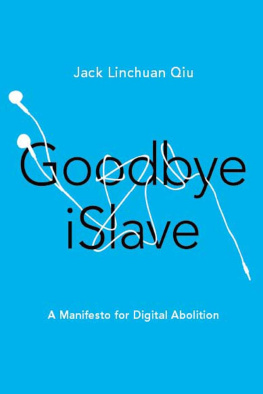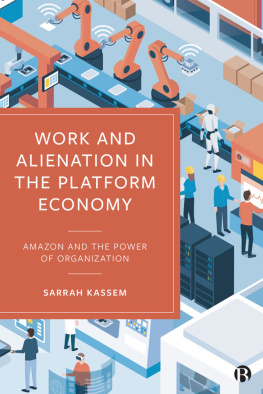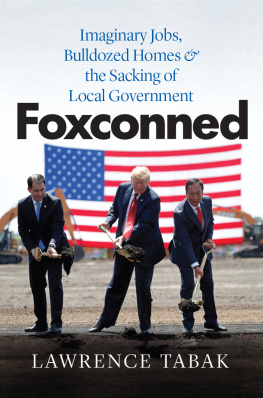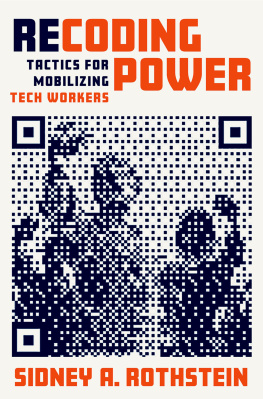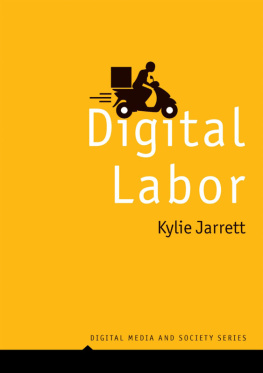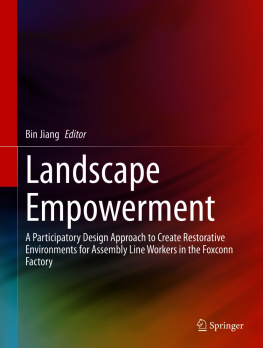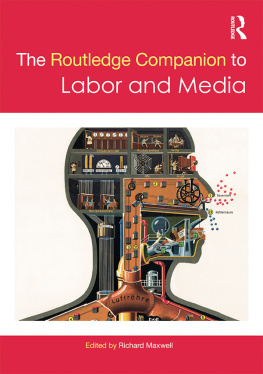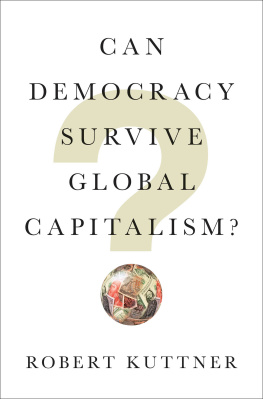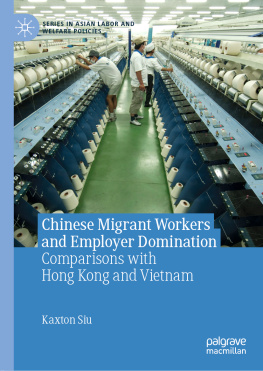Acknowledgments
This small book benefits from the encouragement and constructive critique from many people who have been so generous in supporting my intellectual inquiries and interventions. While taking full responsibility for this text, I have to thank the editors of The Geopolitics of Information book series: Dan Schiller, Yuezhi Zhao, and Pradip Thomas; as well as Daniel Nasset, acquisitions editor at the University of Illinois Press. Dan Schiller introduced me to some of the most foundational readings in the history of slavery and provided truly helpful feedback in every major developmental phase of the manuscript. Yuezhi Zhao supported and emboldened my ideas when I was hesitant about constructing my argument.
I am indebted to the anonymous reviewers during both the internal and external rounds of review, who provoked me with sharp but well-reasoned criticism. Richard Maxwell and Jenny Chan shared detailed comments on my working draft, from the subtitle to empirical evidence to writing style. Conversations with PUN Ngai, GUO Yuhua, SHEN Yuan, BU Wei, Joseph Bosco, JI Deqiang, Toby Miller, Scott Lash, Marina Svensson, Adam Arvidsson, Jeroen de Kloet, Jose van Dijck, Graeme Turner, and Ralph Litzinger were most helpful. Christian Fuchs, Gordon Matthew, Rutvica Andrijasevic, WANG Hongzhe, Aswan Punathambekar, and Michael Curtin suggested key references that are essential to my thinking about the issues at stake.
Working ideas behind this book were presented at various academic and public events at the University of Amsterdam, University of Lund, Tsinghua University, Hong Kong History Museum (organized by Hong Kong Anthropology Association), University of Tartu (organized by the Sixth COST Conference on Dynamics of Virtual Work), the Communication and Global Power Shifts joint summer school at Simon Fraser University, the Locating Television symposium at University of Queensland, annual conference of International Association for Media and Communication Research (IAMCR) in Dublin, annual conference of the Association of Internet Researchers (AoIR) in Daegu, International Communication Association (ICA) regional conference in Brisbane, the Seventh Global Studies Conference in Shanghai, LaborTech conference at Stanford University, and the Groundbreaking Saloon () in Beijing.
Thanks to GUO Yuhua and colleagues attending the labor sociology forum at Tsinghua University, my article titled Farewell iSlave: Foxconn, Digital Capitalism, and Networked Labor Resistance appeared in the Chinese-language journal Society ( 34, no. 4: 11937) in 2014, which spurred discussions among readers who sent me useful comments via social media and in person.
The School of Journalism and Communication and the Universities Services Center for China Studies at the Chinese University of Hong Kong provided institutional support for this book, which also received funding from Hong Kong's General Research Fund project Working-Class Public Spheres: Media and Activism since the Foxconn Suicide Express (project 14612715).
I am grateful to my research assistants Joy Lin and Sophie Sun for their careful work, and to Weiwei Zhang for her assistance.
Most important, I have been inspired by the enduring acts of resistance among the enslaved throughout history and by countless generations of abolitionists promoting our common humanityin the past and at present. These include most prominently the international network of activists and artists who were behind the iSlave campaign of 2010: SACOM (Students and Scholars Against Corporate Misbehavior), GoodElectronics, Bread for All, the Berne Declaration, Feinheit, and Greenpeace Switzerland.
I dedicate this manifesto to future generations of abolitionists with the confidence that, one day, you will live in a world that is, at the very last, slave-free.
Appendix
Bellagio-Harvard Guidelines on the Legal Parameters of Slavery
We, the Members of the Research Network on the Legal Parameters of Slavery,
Recognizing that there has been a lack of legal clarity with regard to the interpretation of the definition of slavery in international law;
Conscious that the starting point for understanding that definition is Article 1(1) of the 1926 Slavery Convention which reads: Slavery is the status or condition of a person over whom any or all of the powers attaching to the right of ownership are exercised;
Recalling that this definition is reproduced in substance in Article 7(a) of the 1956 Supplementary Convention on the Abolition of Slavery, the Slave Trade, and Institutions and Practices Similar to Slavery;
Also noting that the 1926 definition of slavery is once again reproduced in substance in the definition of enslavement found in Article 7(2)(c) of the 1998 Statute of the International Criminal Court and developed in more detail in the secondary legislation of the Court, in its Elements of Crimes;
Bearing in mind the provisions in international human rights law regarding slavery within the 1948 Universal Declaration and 1966 International Covenant on Civil and Political Rights; as well as the provisions regarding slavery in regional human rights conventions of the African, European, and Inter-American systems;
Considering the inclusion of slavery as an enumerated type of human exploitation in both the 2000 United Nations Palermo Protocol on Trafficking in Persons and the 2005 Council of Europe Convention on Action against Trafficking in Human Beings;
Mindful of the pronouncements and case-law related to slavery of international, regional and domestic courts;
Having met to consider the issue at the 2010 symposium entitled: The Parameters of Slavery at the Rockefeller Foundation's Bellagio Conference Centre in Bellagio, Italy; having further deliberated in 2011 at a meeting under the auspices of the Harriet Tubman Institute for Research on the Global Migrations of African Peoples, York University, Canada; and came together once more at a 2011 symposium entitled: The Legal Parameters of Slavery: Historical to the Contemporary at Harvard University, under the auspices of the Charles Hamilton Houston Institute for Race and Justice, Harvard Law School; the Harvard Sociology Department; the W. E. B. Du Bois Institute;
Recommend the following Guidelines related to the legal parameters of slavery:
Guideline 1The Legal Definition
The legal definition of slavery in international law is found at Article 1(1) of the 1926 Slavery Convention, which reads: Slavery is the status or condition of a person over whom any or all of the powers attaching to the right of ownership are exercised.
Guideline 2The Exercise of the Powers Attaching to the Right of Ownership
In cases of slavery, the exercise of the powers attaching to the right of ownership should be understood as constituting control over a person in such a way as to significantly deprive that person of his or her individual liberty, with the intent of exploitation through the use, management, profit, transfer or disposal of that person. Usually this exercise will be supported by and obtained through means such as violent force, deception and/or coercion.
Guideline 3Possession is Foundational to Slavery
Where there is a right of ownership in respect of a thing, ownership implies a background relation of control. That control is the power attaching to the right of ownership known as possession.
Possession is foundational to an understanding of the legal definition of slavery, even when the State does not support a property right in respect of persons. To determine, in law, a case of slavery, one must look for possession.
While the exact form of possession might vary, in essence it supposes control over a person by another such as a person might control a thing. Such control may be physical, but physical constraints will not always be necessary to the maintenance of effective control over a person. More abstract manifestations of control of a person may be evident in attempts to withhold identity documents; or to otherwise restrict free movement or access to state authorities or legal processes; or equally in attempts to forge a new identity through compelling a new religion, language, place of residence, or forcing marriage.

